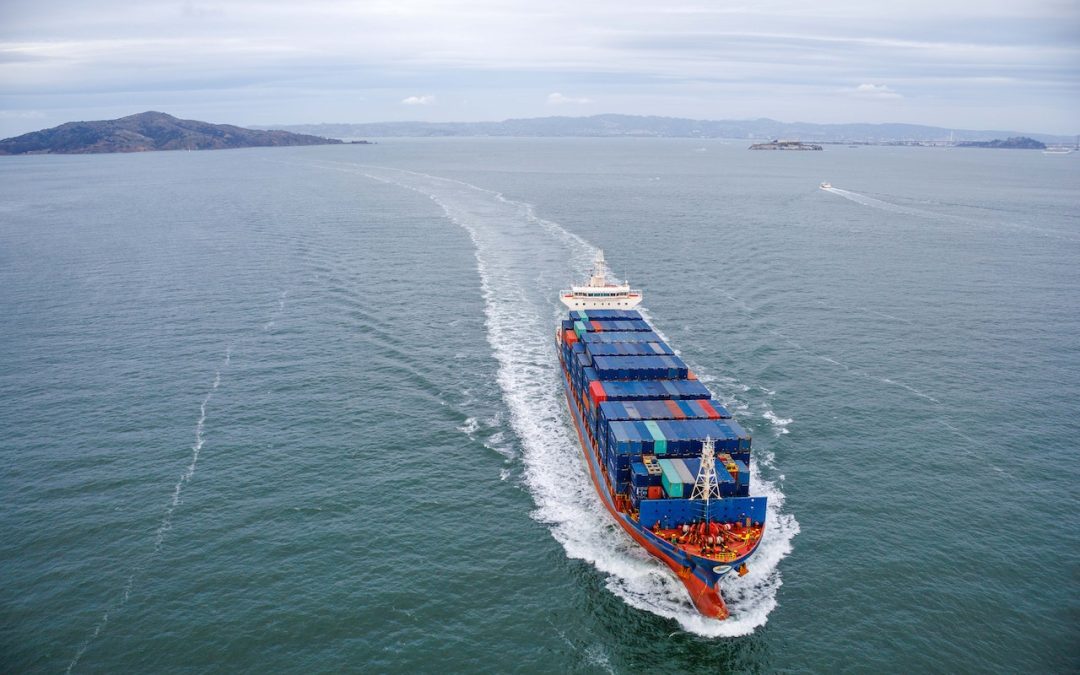When you’re choosing how to move your goods around the world there’s a lot to consider. You want your goods to get to their destination as fast as possible, but is it quite that simple?
What about carbon footprint? Safety? Cost?
The world of shipping and logistics provides many options to consider, and choosing between the two most popular options – air and sea freight – can feel like a confusing and complicated decision to make.
This blog has been designed to give you the ins and outs of both and help you discover what suits your transportation needs best.
First up…
Air Freight – The Pros
There’s no doubt about it. Planes are faster than boats.
Goods can reach their destination in a matter of days, making air freight the fastest method of transit, and any flight delays or cancellations can be rerouted or rescheduled for later the same day.
Shipping by air also means your cargo can end up further inland than by boat. Quite often this makes the next leg of transport easier and quicker.
As well as being faster, air freight is more stable than sea freight. Goods loaded onto planes are kept more stable up in the air than on the choppy seas, and are not subject to as many environmental factors preventing the journey from taking place. This sometimes makes air freight a good choice for hazardous or delicate cargo.
Air Freight – The Cons
Shipping by plane is by far the fastest option, but it’s also the most expensive.
Coming in at around 12-16 times more costly than shipping by container, costs involved in air freight are determined by weight and capacity, meaning you are more limited on what you can package up and send using this method.
Something impossible to ignore is the carbon footprint shipping by air leaves behind. Not only do aeroplanes emit 44 times as much CO2 into the atmosphere as ships, but they also have a more drastic effect on atmospheric chemistry because of where the emitting takes place.
Air freight is also more strictly regulated. The shipping of hazardous materials is governed by various rules across national laws and airline regulations, and some of the items on the list might surprise you. Batteries, laptops and perfume are all classed as dangerous goods and must be packaged and transported appropriately. You can read more about shipping hazardous goods in our blog post here…
So there we have it. We’ve covered the main advantages and disadvantages of shipping by plane. But what about container shipping? How does it compare?
Let’s find out.
Sea Freight – The Pros
The most prevalent argument for container shipping is that it’s far cheaper. Depending on the nature of the goods, you can also generally fit more in a container than you can on a plane, making container shipping more cost-effective too.
Another vote for sea freight is its smaller carbon footprint.
Shipping by boat has a far lower emission rate and is therefore much more environmentally friendly. The IMO (International Maritime Organisation) has pledged to reduce CO2 emissions by at least 40% by 2030, and 70% by 2050.
Sea Freight – The Cons
Whilst shipping by boat is cheaper and more eco-friendly, it’s also less stable than transporting cargo by plane.
Poorly loaded goods can become damaged and unsellable during transit, rendering the money spent and emissions generated from the journey essentially wasted and necessary to repeat to satisfy the buyer. However, don’t let this put you off. A good freight forwarding company will advise you on how to package your goods to keep them safe.
Sea freight also takes a lot longer to reach its destination. Goods being transported over the ocean can take weeks to get from one place to another, meaning this method is not suitable for perishable items.
Not only is container shipping slower, shipments are also subject to experience a variety of delays and as such are less reliable than shipping by plane. Weather, congestion, incorrect documentation and worker strikes can all be barriers to goods even leaving the loading port.
Unlike air freight, where flights can be rescheduled within hours, delays within shipping often mean whole days lost and shipments are frequently off schedule.
Which Should You Choose?
Cost and time often shout the loudest in business, and if a speedy delivery is needed then air freight wins hands down. But if you need cost-effective freight, then sea is your best option.
Choosing between plane and container shipping can feel confusing but it doesn’t need to be. Get a quote with Millennium today. We’ll help you to choose the best freight option for your needs, making moving your goods easy and hassle-free.

